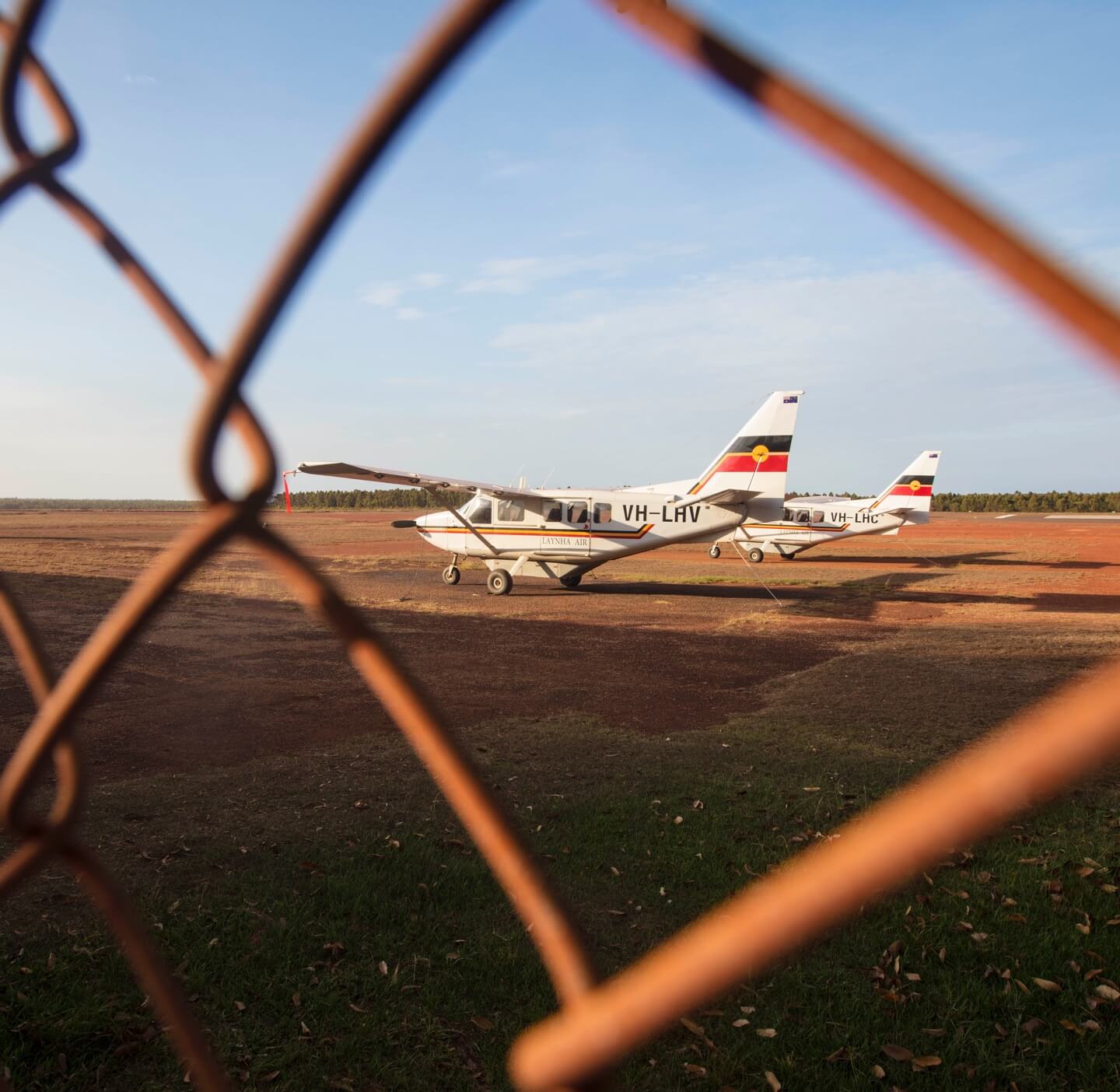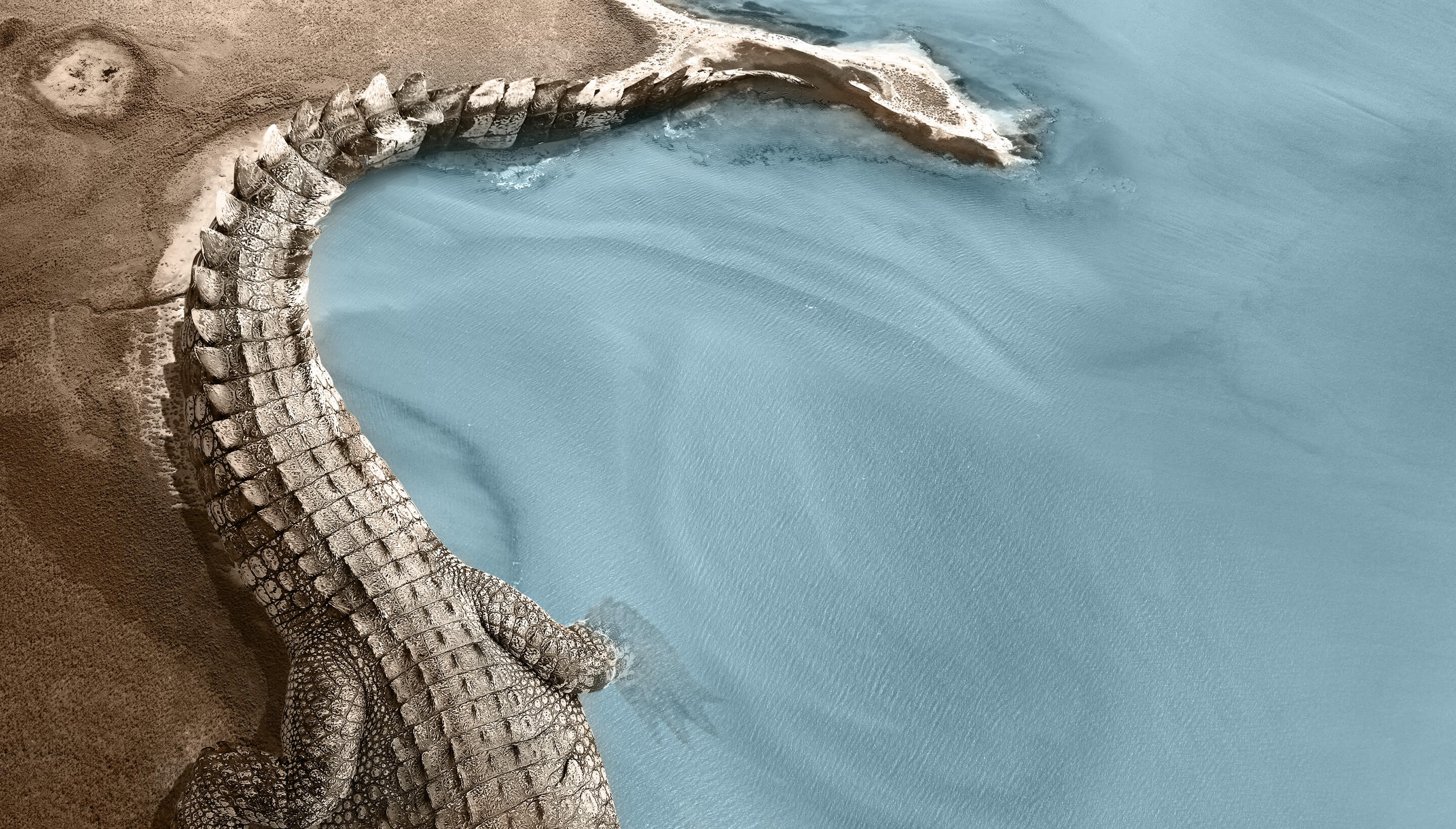Australian National Maritime Museum
In 1996, an illegal barramundi fishing camp was discovered at a sacred Aboriginal site of the Yolŋu people of East Arnhem Land. The site was desecrated with rubbish and the severed head of a saltwater crocodile, Baru. Using sacred art to explain their lore and Western law, the Yolŋu won back their land in court, and we helped tell their story.
The brief
Carbon was commissioned by the Australian National Maritime Museum to design the identity and marketing collateral for their exhibition — Gapu-Monuk Saltwater—Journey to Sea Country. The exhibition was a celebration of the story of the Yolŋu people and their fight for recognition of Indigenous Sea Rights in the Blue Mud Bay Legal Case 1998–2008.
The good
Taking a story-led approach, Bäru, the Ancestral Crocodile was shaped into the shoreline where the land meets the sea in beautiful Yilpara. Carbon travelled onto country, where we filmed a promotional video and photographed intimate portraits of Djambawa Marawili, one of the Yolŋu Elders responsible for the incredible bark paintings that helped tell their story to the outside world.
The impact
The more Australians who know about the Yolŋu story and their battle for land and sea rights, the better.

creative
The Ancestral Crocodile was significant to this Sea Rights story; so we shaped it into the shoreline where the land meets the water.


photography
Candid and intimate photography gives the viewer a glimpse of this beautiful country and its people.





collateral
A range of collateral was created to promote the exhibition, including signage, posters, press ads and brochures.




